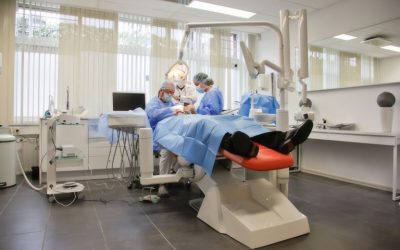Before having a diseased joint replaced with a prosthesis patients are informed by their doctors of the limited lifespan of these artificial joints. Often in their excitement over the prospect of increased mobility and decreased pain they fail to question the implications of these warnings. What does it mean in the long run? What happens when the prostheses begin to wear out? How will it affect a patient’s ability to function further down the road? Although modern prostheses are long lasting and durable, these are questions that still need to be addressed.
Typically deterioration to artificial joints is addressed via Total Joint Revisions. This procedure may be necessary if a loosening or fracturing of the prosthesis has occurred, the patient has suffered an infection to the area in question, or general wear and tear have caused a breakdown of the prosthesis. In it a surgeon will remove any failed or excessively worn components of the artificial joint and replace them with new parts.
This surgery can be quite complex, so it’s important to have it performed by an experienced doctor. The initial prosthesis will have either been cemented to or grown into the natural bone that was left. Upon removal surgeons must remove a larger section of the existing bone structure, which means that there will be less natural bone remaining to which to adhere the new prosthesis. Sometimes bone grafts are necessary to support the existing bone and encourage new growth. As a result the surgery and recovery time are typically a little bit longer.
Signs that Total Joint Revisions might be necessary include reduced function and range of motion, instability, or pain. These may indicate a fracture or device failure, or that as the prosthesis has experienced natural wear and tear some pieces have broken off and begun to accumulate in the tissues around the joint. Sometimes infections are also the culprit, but this occurs most often very soon after the initial surgery. However, whether it’s been ten days or twenty years since the surgery was performed, it’s important to alert a doctor if these warning signs begin to appear. Visit website for more information about joint replacements and revisions. You can also visit them on Facebook for regular updates.








